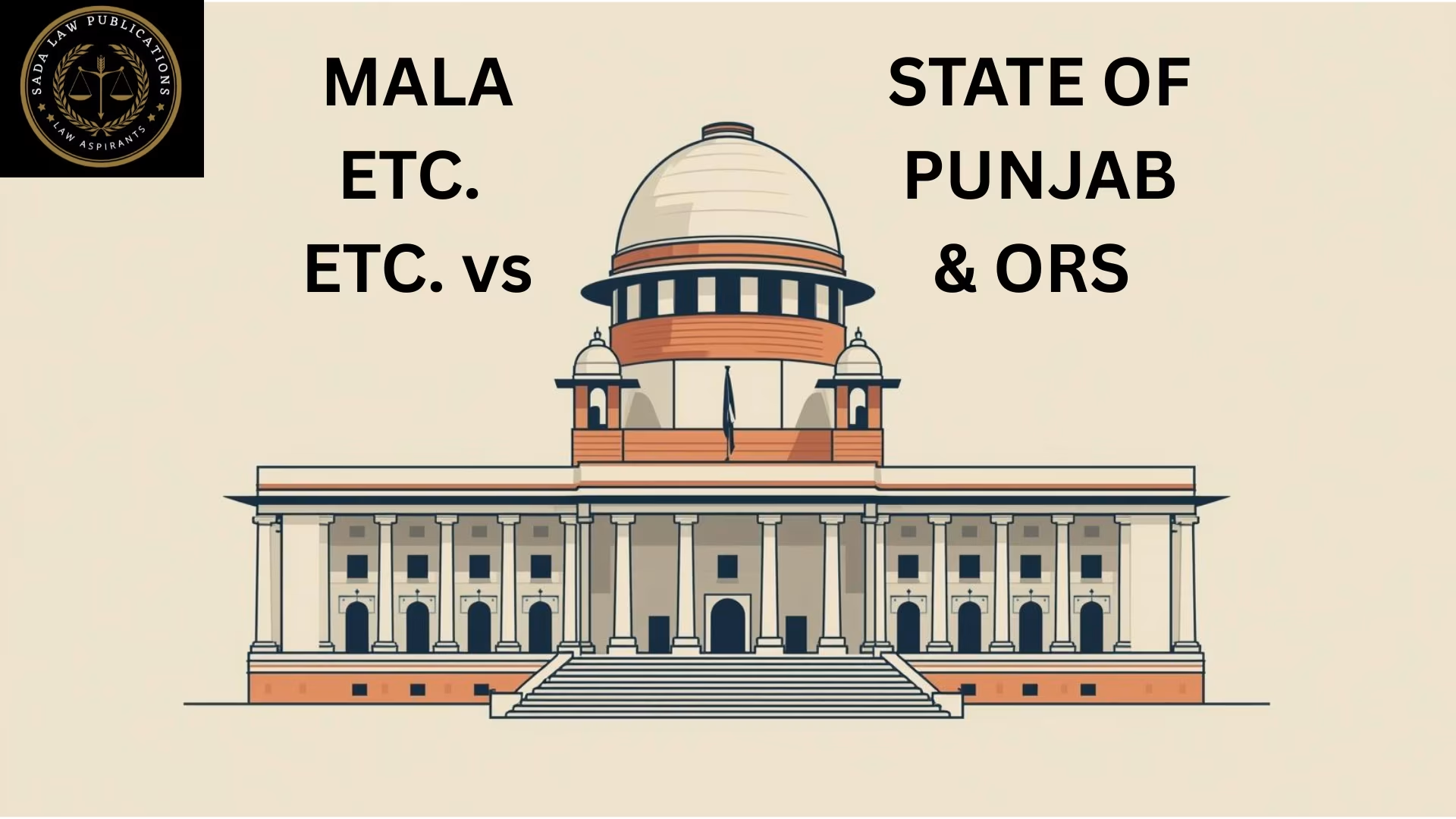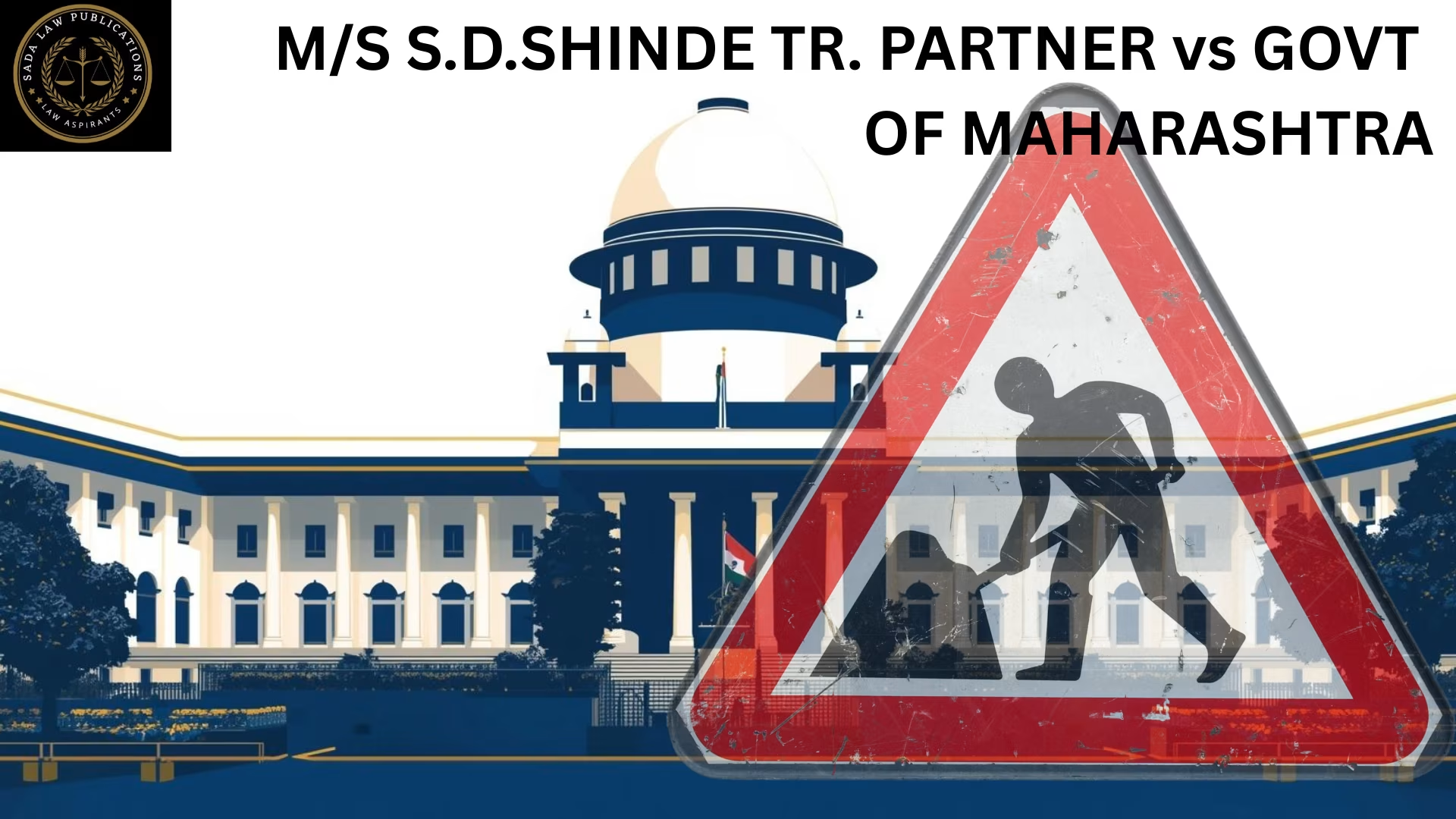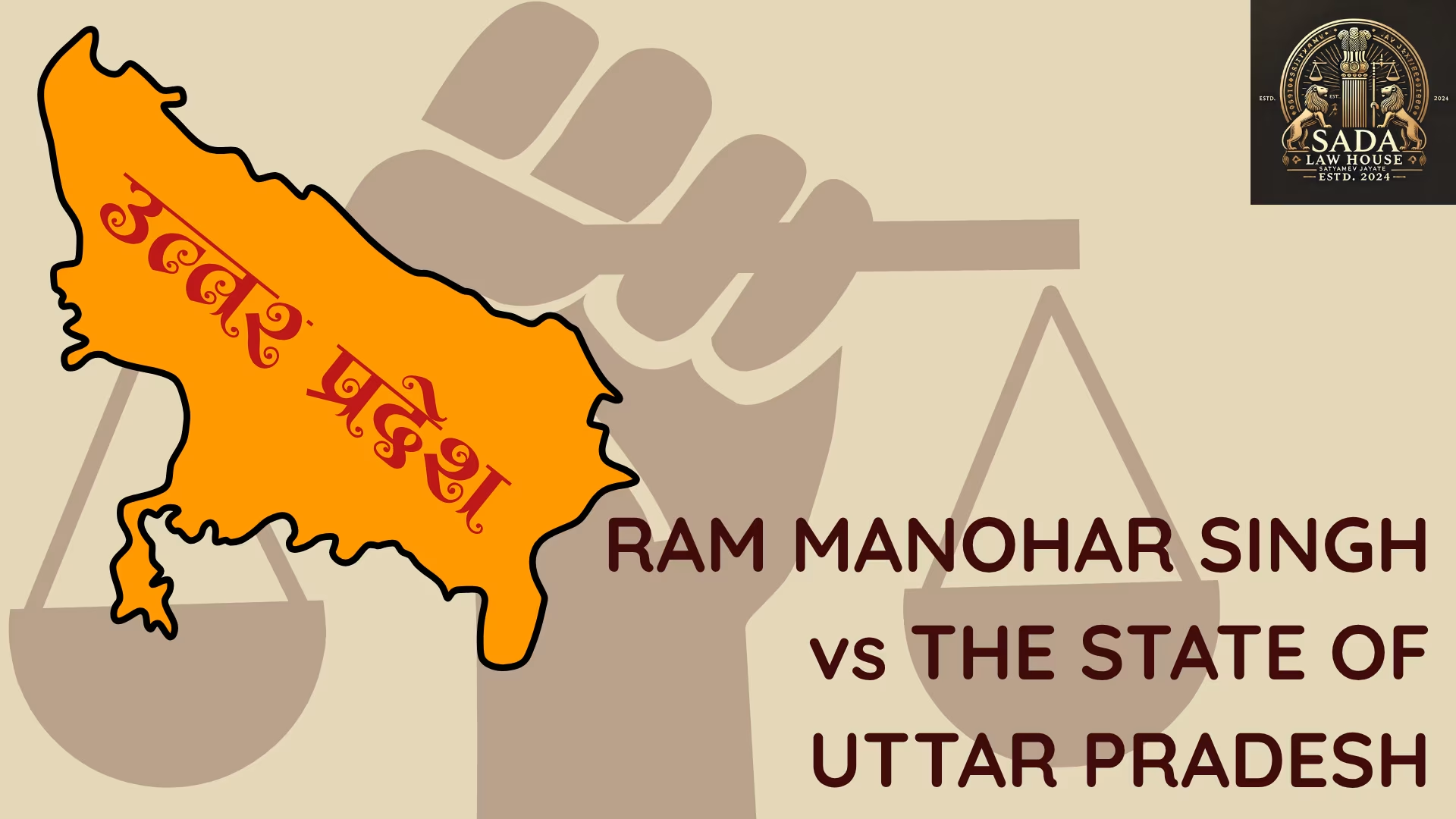Supreme Court Rules Only Vaishnav Sampradaya Members Can Be Receivers of Mathura Temples
- NITU KUMARI
- 20 May 2025

In a landmark decision, the Supreme Court of India ruled that only persons belonging to the Vaishnav Sampradaya should be appointed as receivers of historic Mathura temples. Read the full case summary and implications for temple administration in India.
Introduction
In a significant ruling on May 15, 2025, the Supreme Court of India clarified the eligibility criteria for temple receivership in Mathura, emphasizing the importance of appointing individuals from the Vaishnav Sampradaya. The case, Ishwar Chanda Sharma v. Devendra Kumar Sharma & Ors., revolves around the long-standing administrative dispute concerning the Sri Giriraj Temple in Govardhan, Mathura.
Background of the Case
The Sri Giriraj Sewak Samiti, established in 1957 to manage temple affairs, faced internal conflict after two disputed elections in 1999. These events triggered legal battles over the rightful management of the temple.
After several rounds of litigation—from the Trial Court to the High Court—the case eventually reached the Supreme Court. The core issue was whether Advocate Nand Kishore Upadhyay, not affiliated with the Vaishnav Sampradaya, could serve as receiver.
Key Legal Issues
The Supreme Court addressed several crucial questions:
Should receivers of historic temples be affiliated with the religious sect the temple represents?
Was the High Court justified in reversing the Trial Court’s order?
Does the appointment of advocates as receivers undermine religious and cultural administration?
Supreme Court’s Judgment
Delivering its verdict, the two-judge bench of Justice Bela M. Trivedi and Justice Satish Chandra Sharma ruled that:
“Receivers of temples in Mathura and Vrindavan must be individuals from the Vaishnav Sampradaya, as these are the most sacred regions for Vaishnav devotees.”
The Court expressed concern that receivership appointments had become long-term solutions instead of temporary administrative measures. It criticized the tendency to appoint legal professionals without religious or cultural ties to the temple’s traditions.
Cultural and Religious Significance of Mathura and Vrindavan
The Court’s judgment underscored the profound religious heritage of Mathura, believed to be the birthplace of Lord Krishna, and Vrindavan, where he spent his childhood and performed divine acts like the Raas Leela and Govardhan Leela.
Millions of Hindu devotees visit these ancient cities each year, making proper temple administration and infrastructure essential. The judgment acknowledged ongoing efforts by the Uttar Pradesh government under the Braj Planning and Development Board Act, 2015, but highlighted the need for a collaborative effort among trusts, government bodies, and local communities.
Call for Infrastructure and Administrative Reforms
The Supreme Court pointed out several shortcomings:
Inadequate crowd management, especially in temples like Shri Banke Bihari Temple, where a tragic stampede occurred in 2022
Poorly maintained pilgrimage facilities
Need for expanding and renovating sacred sites such as Kashi Ghat, Vishram Ghat, and Kusum Sarovar
The Court emphasized that culturally competent and religiously aligned administration is vital for managing these high-footfall temples.
Conclusion
This ruling in Ishwar Chanda Sharma v. Devendra Kumar Sharma & Ors. sets a precedent for religious institution management across India. By directing that only members of the Vaishnav Sampradaya be appointed as temple receivers, the Supreme Court of India has prioritized cultural authenticity, religious heritage, and administrative competence in sacred temple towns.
Key Takeaways
Only Vaishnav Sampradaya members should be appointed as temple receivers in Mathura and Vrindavan.
The judgment underscores the importance of preserving religious and cultural identity in temple administration.
There is a strong call for improving temple infrastructure, devotee management, and public amenities in key pilgrimage cities.
Case Laws






